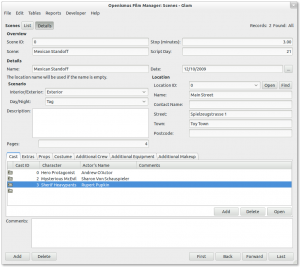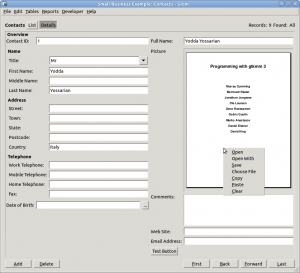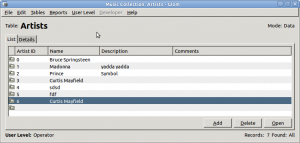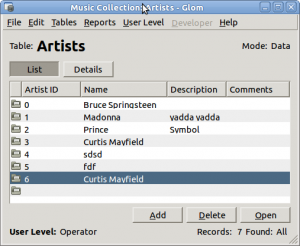It has taken over a year of hard work but Glom 1.20 is finally ready. 
This is the most stable and most usable version of Glom yet, with a few new features, now using gtkmm 3. Here are some updated screenshots. The major changes:
- Simplified main window.
- Glom can now store and display PDFs. It can store any file format, though it can only display images and PDFs.
- Print Layout: Major overhaul with improved UI and new functionality.
- Related Records: Allow the developer to specify how many rows to show.
- Choice drop-downs can show more than 2 fields.
- Choice drop-down fields are aligned.
- Choice drop-downs can show related fields.
- List columns have sensible widths.
Around 20 bugs from bugzilla were fixed, plus several more.There are over 30 tests that prevent regressions in mostly non-UI code. I still wish I could get some kind of automated UI testing working.
We have packaged Glom 1.20 (and several dependencies) for Ubuntu 11.10 (Oneiric) in the Openismus PPA. We might do something similar for Fedora.
Unfortunately, it will probably take a year for Glom 1.20 to officially get into distros such as Ubuntu (bug) and Fedora (bug) officially, and then they won’t deliver bug fix updates. This is partly due to lack of the volunteer packagers’ time and partly due to unfriendly distro policies towards applications. My only hope now is something like Glick.


